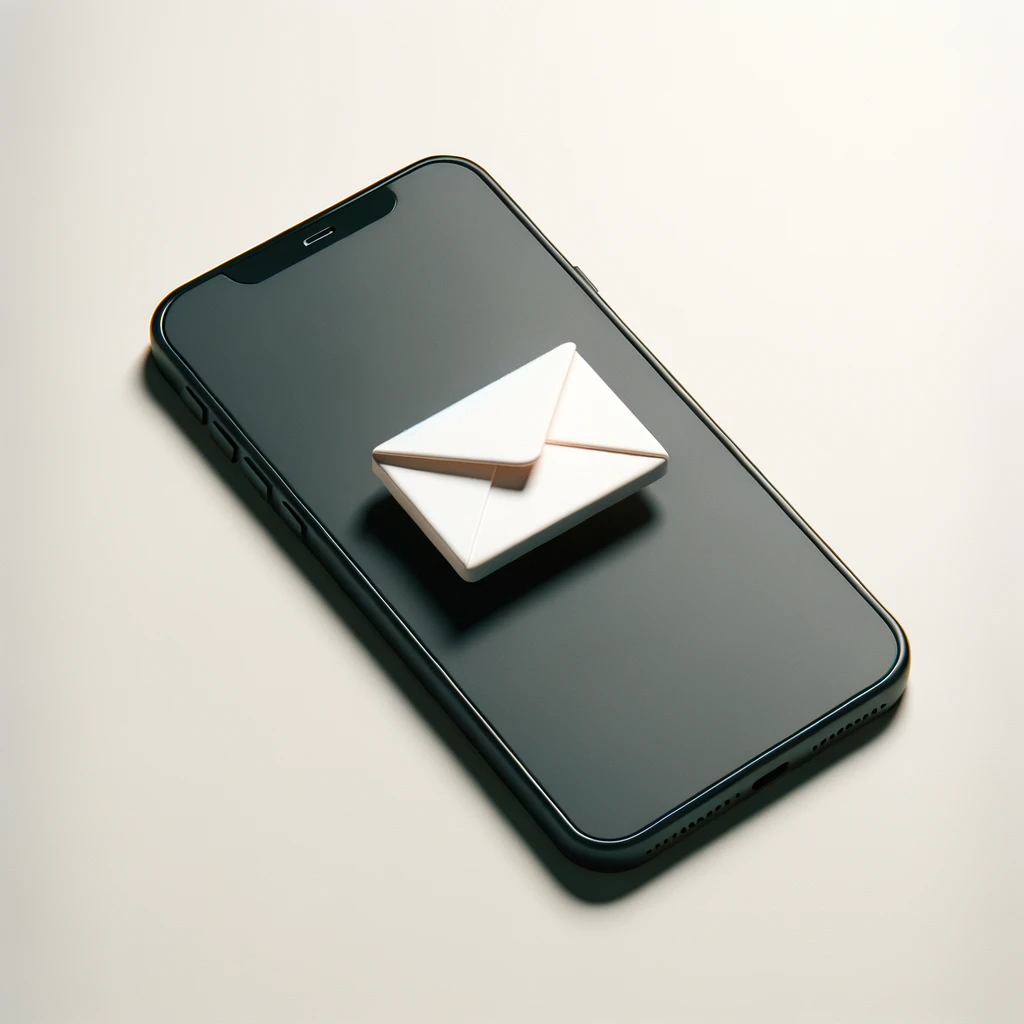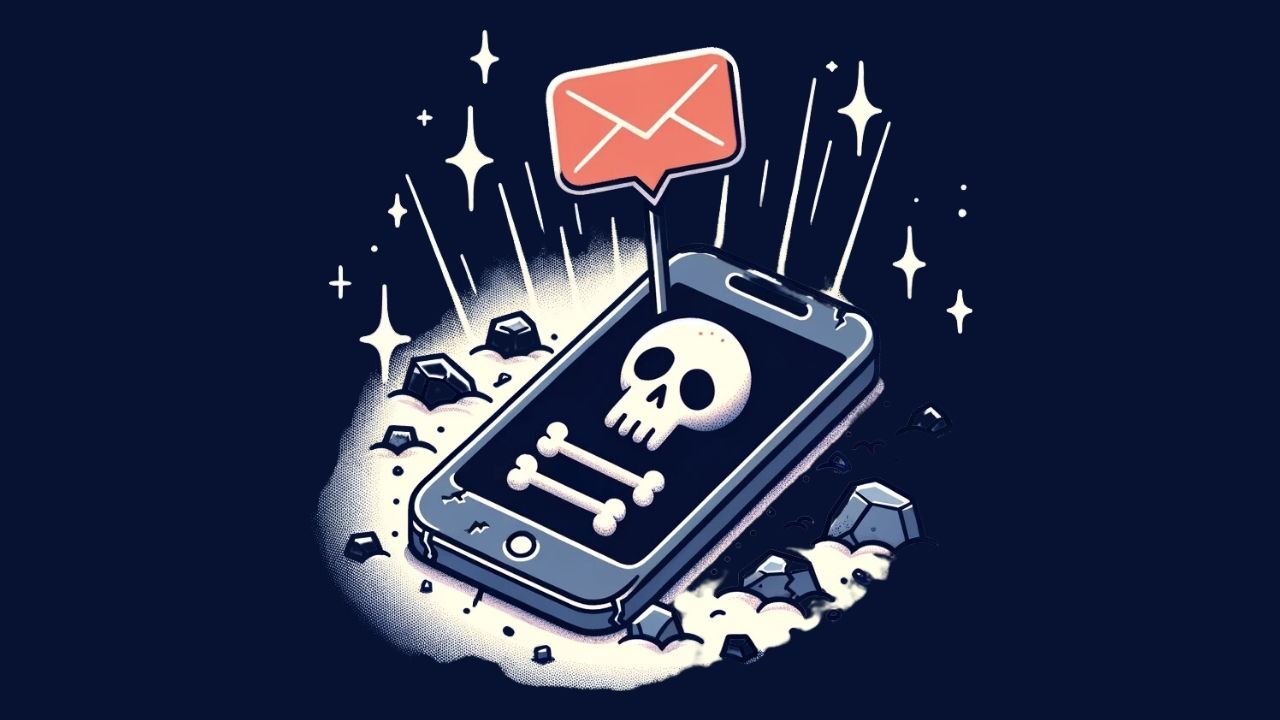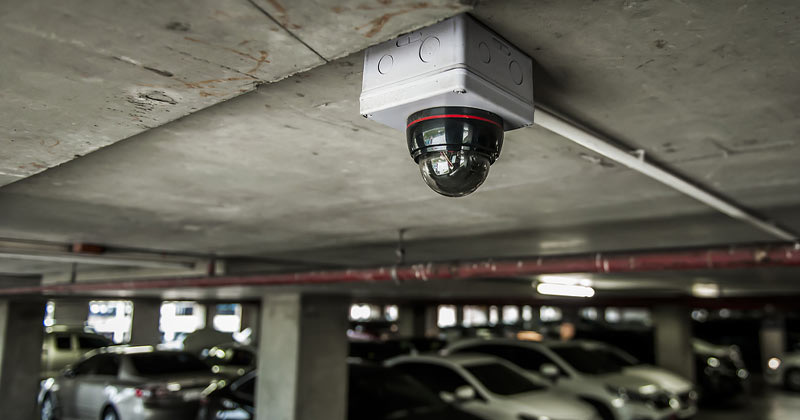Texting, a simple tap-and-send action, involves an intricate behind-the-scenes process to make communication seamless.From the moment you hit send to the point where your message is delivered, multiple steps and systems are in play.
This guide shows how texts function, especially when sent to an offline or dead phone. Understanding this process can help set proper expectations and guide our communications effectively. Let’s get started –
How Text Messages Work?
Sending and receiving a text may sound simple, but under the hood, it’s a multi-step process. Here’s a basic breakdown:
- A user types and sends a text
- The phone transmits the message to a nearby cell tower
- The cell tower routes the message to the provider’s SMS center
- The SMS center forwards the message to the recipient’s cell tower
- The recipient’s cell tower sends the message to the recipient’s phone
Service providers play a crucial role in enabling this transfer. They provide the infrastructure for the text’s journey and serve as a link between the sender and the recipient’s cellular networks.
Do Texts Deliver When Phone is Dead?
When you send a text, the recipient’s phone is off or dead, and it will not be immediately delivered. This status applies to both standard SMS and services like Apple’s iMessage.
For iMessage, communication relies on internet connectivity, and when an iPhone is off or disconnected, it cannot receive iMessages. However, when the iPhone is turned back on and connected to the internet, any messages sent while it is offline will be delivered.
For standard text messages, the procedure is similar. Service providers will continue attempting to deliver the message once the phone is switched back on and connected to its network. It’s worth noting that during this time, however, the delivery status on the sender’s device will likely show as “Sent” rather than “Delivered.”
Additionally, with iMessage, if the recipient has other Apple devices with iMessage enabled, the message may still be delivered to those devices, even if their iPhone is powered off. Furthermore, specific settings on your phone could impact delivery as well. For instance, if you have activated the “Send as an SMS” option on your phone, the iMessage will be sent as an SMS.
However, SMS and iMessage servers cannot deliver your message without meeting essential requirements.
What happens when a text is sent to a dead phone?

The message won’t be delivered immediately when you text a phone off or out of battery. Service providers will, however, attempt to deliver the message once the phone is back online. These details are reflected through specific delivery status:
- Sent: The message has left the sender’s device.
- Delivered: The message has been successfully delivered to the recipient’s phone.
- Read: The recipient has read the message.
How undelivered messages are stored and re-sent?
When a message stops at the service provider’s SMS center due to a dead phone, it’s typically stored for later delivery. An attempt to deliver the text is periodically made. But it’s worth considering these storage durations:
| Provider | Storage Duration |
|---|---|
| AT&T | Up to 72 hours |
| Verizon | 5 Days |
| T-Mobile | Up to 72 hours |
| Sprint | Up to 72 hours |
While these durations may vary, undelivered messages typically get deleted or aren’t delivered after this period.
4 Alternative Message Services
Beyond traditional SMS, several alternative messaging systems have evolved in response to the growing need for more dynamic, media-rich communication. Among these platforms, iMessage, WhatsApp, Messenger, and Viber have emerged as widely used services. Interestingly, the way these services handle undelivered messages differs from how traditional text messaging:
- iMessage: In Apple’s ecosystem, iMessage uses the internet to send messages. If a recipient’s iPhone is off or not connected to the internet, iMessage holds the message on Apple’s servers and delivers it once the device returns online.
- WhatsApp: Another internet-based messaging app is WhatsApp, offering end-to-end encrypted messaging for privacy. WhatsApp stores the message on its server if the recipient’s device is offline. The undelivered message remains for up to 30 days, after which it gets deleted if undelivered.
- Messenger: Facebook’s Messenger service operates solely over the internet. If a message cannot be delivered immediately, it is stored on Facebook’s server, and the delivery attempt continues until the recipient’s device goes online.
- Viber: Like other mentioned services, Viber holds undelivered messages on its server. The time for which the message is stored can vary, but the attempt to deliver the message continues whenever the recipient connects to the internet.
These alternative platforms share a common practice: leveraging the internet and server storage to ensure message delivery, regardless of the recipient’s device’s current status. It’s an enhancement from traditional SMS, providing a more reliable assurance of eventual message delivery.
Conclusion
Texting involves more than meets the eye, with many parts working together behind the scenes. Keep in mind as a sender, that texts sent to an offline or dead phone could face delays.
In case of urgent communication needs, it may be more effective to use an alternate channel to reach out. Understanding how texts work can help you use this texting service better and set realistic expectations.



